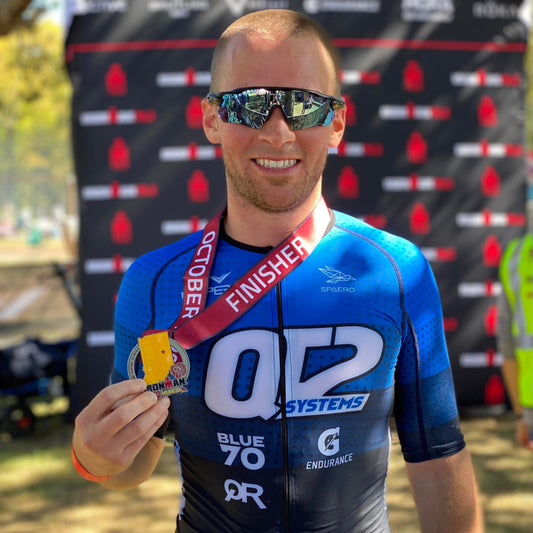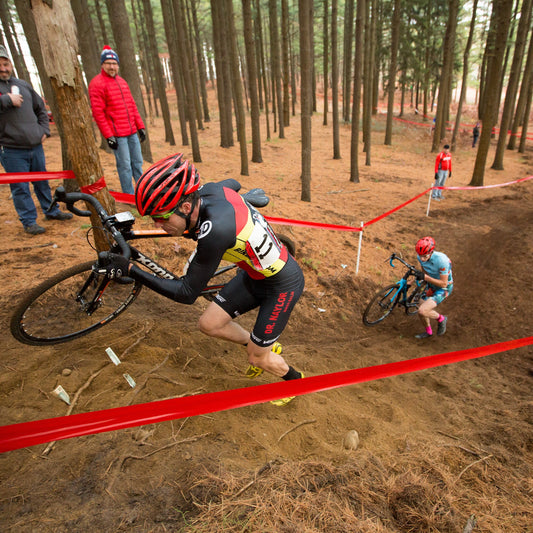IRONMAN Lake Placid is one of the most iconic and challenging races in the IRONMAN circuit. Known for its mountainous terrain, unpredictable weather, and demanding course layout, it has tested thousands of athletes over the years. For those looking to perform at their best, understanding the specific demands of the race and training on the actual course can make all the difference.
Whether you’re an experienced triathlete or preparing for your first full-distance IRONMAN, here’s how to train smart, race strong, and make the most of IRONMAN Lake Placid’s unique challenges.
__________________________________
1. The Importance of Training on Course: Why a Camp is Key
If there’s one thing that separates successful IRONMAN Lake Placid finishers from those who struggle, it’s their familiarity with the course. While general IRONMAN training principles apply, this race has unique demands that require specific preparation—and there’s no better way to do that than training on-site.
A Lake Placid Training Camp provides:
✅ Hands-on experience with the bike and run courses
✅ The ability to refine race-day strategies in real conditions
✅ Expert coaching on pacing, climbing, descending, and fueling
✅ A chance to train in the variable weather conditions Lake Placid is known for
By training on the actual course, athletes can learn where to push, where to conserve energy, and how to handle the terrain strategically.
__________________________________
2. The Hilly Bike Course: Pacing and Descending Are Key
A Course That Punishes Poor Pacing
IRONMAN Lake Placid’s 112-mile bike course is a hilly, technical challenge that requires a smart pacing strategy. Many athletes overcook the first lap, only to find themselves struggling through the second loop and into the marathon.
Unlike flatter IRONMAN courses where a steady power output can be maintained, Lake Placid demands controlled effort on the climbs and strategic recovery on the descents. Without proper pacing, athletes risk burning too much energy early on, leading to massive fatigue on the run.
Training Tips for the Lake Placid Bike Course
🚴 Climbing Strategy: Train at sustained, steady efforts in your threshold zone (not spikes of power). Practice seated climbing to save your legs.
🚴 Descending Skills: The Keene Descent is one of the most famous—and fastest—sections of the course. Practicing descents in training will ensure confidence and safety on race day.
🚴 Gear Selection: Consider a compact crank or an 11-28 cassette to allow for efficient climbing without excessive fatigue.
A training camp in Lake Placid allows you to experience the biggest climbs and technical descents firsthand, so you know exactly how to pace the course on race day.
__________________________________
3. Running Strong on a Challenging but Fast Course
A Hilly Yet Manageable Run
After a grueling bike ride, the 26.2-mile run course is where IRONMAN Lake Placid truly tests endurance and race execution. The course has changed in recent years, but it remains challenging with rolling terrain. However, if paced correctly, it can be a fast run course.
Many athletes fall into the trap of pushing too hard on the first loop, only to hit the wall late in the marathon. With proper training and pacing, you can set yourself up for a strong finish.
Training Tips for the Lake Placid Run
🏃 Rolling Terrain Preparation: Train on hilly long-run routes to build strength and endurance.
🏃 Negative Split Training: Practice starting conservatively and finishing faster—this will help you pace the marathon properly.
🏃 Brick Workouts: The hilly bike ride into a hilly run transition is tough. Frequent brick workouts (bike-to-run sessions) will help prepare your legs for the transition.
A training camp in Lake Placid allows you to simulate the bike-to-run transition on the actual course, providing valuable experience before race day.
__________________________________
4. Weather Conditions: Be Ready for Anything
Lake Placid’s Weather: The Unpredictable Factor
One of the most challenging aspects of IRONMAN Lake Placid is that the weather can change rapidly. Athletes can face cool mornings, warm midday temperatures, rain, wind, and even thunderstorms—all in the same race.
Without preparation, drastic weather changes can derail your race plan. Knowing how to adapt your pacing, nutrition, and gear choices based on conditions is crucial.
Training Tips for Weather Preparedness
🌦️ Train in all conditions: Don’t just train on sunny days. Practice in rain, wind, and heat to be fully prepared.
🌡️ Layering Strategy: Know what gear to wear if race morning is cold and wet vs. hot and humid.
🥤 Hydration Adjustments: High humidity? Increase electrolyte intake. Cold day? Don’t forget to drink even when you don’t feel thirsty.
By attending a training camp, you can experience real-time weather fluctuations and learn how to adjust your race plan accordingly.
__________________________________
5. The Mental Component: Training for Race-Day Resilience
Mental Toughness Is Just as Important as Physical Fitness
IRONMAN Lake Placid is a grind—the bike course, run course, and weather all demand mental resilience. Many athletes start strong but fall apart in the second half of the race due to poor pacing, race-day surprises, or negative thinking.
Training Your Mind for Success
🧠 Long Training Sessions: Endurance is as much mental as it is physical. Train longer than expected so race day feels easier.
🧠 Visualization: Picture yourself running strong on Mirror Lake Drive when the race gets tough.
🧠 Race-Specific Confidence: Training on the course itself allows you to mentally prepare for each section.
One of the greatest benefits of attending a Lake Placid Training Camp is that it builds mental confidence. Knowing the course and having a well-tested pacing plan helps remove race-day doubts.
__________________________________
Final Thoughts: How to Train for IRONMAN Lake Placid Like a Pro
IRONMAN Lake Placid is one of the most rewarding yet demanding races on the circuit. To perform at your best, you need to:
✅ Train on the actual course to prepare for its challenges
✅ Master your bike pacing & descending skills
✅ Prepare for a tough yet fast marathon course
✅ Be ready for unpredictable weather conditions
✅ Develop mental resilience through race-specific training
There’s no better way to set yourself up for success than by attending a Lake Placid Training Camp. By training in race-like conditions, refining your climbing & descending skills, and testing your race strategy in real-time, you’ll toe the line with confidence and strength.
💥 Spots for the QT2 Lake Placid Training Camp (June 20-22, 2025) are limited. Secure your place today! 💥









